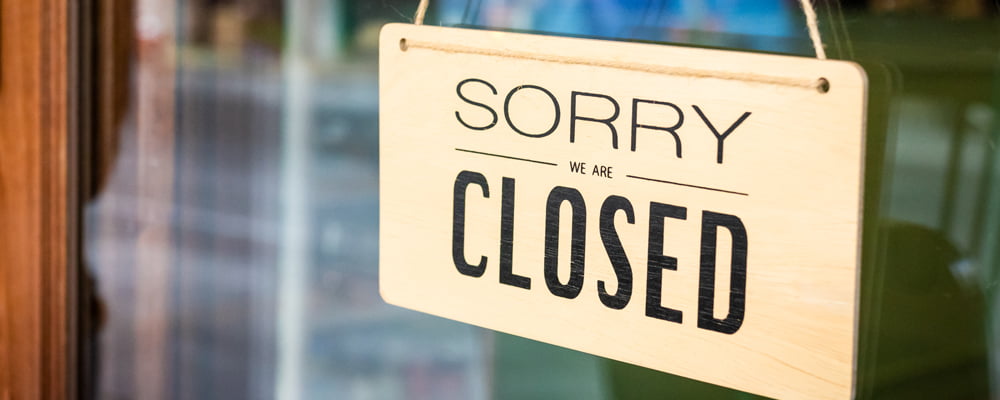Over the past several weeks, there has been a lot of attention regarding the tax provisions and federal loan programs such as the Paycheck Protection Program included in the CARES Act. One area which has been overlooked is a pre-CARES Act tax law that may provide taxpayers with an increase in cash flow in this difficult time – Disaster Losses. IRC 165(i) and related regulations allow a deduction for a casualty loss sustained in the current year on your prior year’s tax return when the loss is attributed to a federally declared disaster warranting assistance by the federal government. We typically think of hurricanes, tornadoes, and earthquakes when we think of federally declared disaster areas this was extended to Covid-19 on March 13, 2020. President Trump declared an “emergency” under Stafford Act and subsequently approved major disaster declaration under Section 401(a) of the Stafford Act for all 50 states, the District of Columbia, and various U.S. territories due to COVID-19.
For COVID-19 related casualty losses sustained in 2020, taxpayers can deduct these losses on their 2019 tax return in order to get a refund now. In order to qualify the loss must be otherwise allowable as a deduction under IRC Sec. 165 (losses), which generally means:
- There needs to be a basis in the tangible or intangible property
- Evidenced by closed or completed transactions;
- Fixed by an identifiable event
- Sustained during the year of the event
- The loss must be incurred in a federally declared disaster area and attributable to that disaster.
Some of these costs include, but are not limited to inventory impairment or loss due to the virus, needing to abandon any fixed assets due to the virus, any permanent closures of business locations, any fees relating to abandoning a transaction due to the virus, and any securities that became worthless due to the virus. Items like lost profits, or economic issues relating to COVID would not apply.
For example, if a restaurant needs to close and throw out inventory due to COVID-19, then the cost of that inventory is an IRC 165 casualty loss and deductible on the restaurant’s 2019 tax return.
As another example, if a business needs to close down permanently due to COVID-19, then the business owners can take the loss on the closure in 2019 instead of 2020.
To claim a COVID-19 related disaster loss for the 2019 tax year, taxpayers will need to file Form 4684 on their originally filed or amended 2019 federal income tax return. Specific guidelines are provided in Revenue Procedures 2016-53. Of course it is never as easy as it sounds. This is an election and requires taxpayers to carryback ALL of its Section 165 losses attributable to COVID-19 and not all state conform to this deduction. Also, any losses claimed are limited to reimbursements from insurance companies.
If you have any questions, reach out to your PBMares Tax Advisor who can help you identify and document your information to make sure you meet the procedural requirements for claiming losses and analyze the impact at the state level to maximize this benefit.





